
Preview
Material for Exam 4 - Fall 2006
Print
the PDF version (no pictures, better printing)
Dinoflagellates are very common components of marine and freshwater phytoplankton (microscopic photosynthetic organisms). In marine systems they provide much of the food for coral reef communities. Dinoflagellates are often involved in what are called Red Tides that are essentially a bloom of red-colored dinoflagellates.
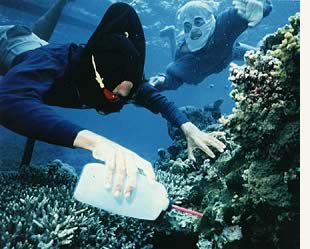 source
sourceCyanides are used as an illegal means of capturing live fish near coral reefs. These fish are then sold to buyers for the aquarium and seafood markets. This type of fishing occurs mainly in the Philippines, Indonesia and the Caribbean to supply the 2 million marine aquarium owners in the world. A diver squirts a cyanide solution into areas where the fish are hiding, stunning them so that they can be easily gathered. Cyanide binds to one of the proteins in the Electron Transport Chain in the mitochondria and essentially prevents the passage of electrons down the chain to oxygen.
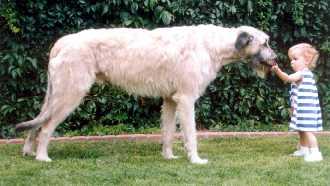 source
source
 source
sourceA lake is populated with unicellular algae (plant-like photosynthetic organisms) and fish that feed upon the algae. This lake underwent eutrophication that resulted in increased biomass of algae and fish.
|
Amount of fertilizer added |
|||
|
0 mg/L |
1 mg/L |
2 mg/L |
3 mg/L |
Initial algal cell density (cells/cm3) |
2 |
1 |
3 |
2 |
Algal cell density after 24 hrs (cells/cm3) |
3 |
12 |
24 |
23 |
Change in cell density |
1 |
11 |
21 |
21 |
A local golf course fertilized a fairway adjacent to a small pond on Friday. By the following Monday, you noticed the water had turned from a clear to a dark green color. As a science student at OSU, you are naturally curious about this. You decide to design an experiment to test the hypothesis that phosphorus from the fertilizer caused an algal species present at low population density to rapidly increase its population density. You take several samples from a nearby pond that has not been affected by lawn fertilizer. You add different amounts of lawn fertilizer to different groups of water samples and maintain them at 98oF for 24 hours. The averaged results of the experiment are shown below:
Strategy |
Average lifespan (yrs) |
Age reproduction begins |
Average # surviving offspring produced/yr |
A |
5 |
2 |
500 |
B |
8 |
2 |
450 |
C |
8 |
4 |
500 |
D |
9 |
6 |
750 |
Male sunfish typically slow their growth rate once they start reproducing. Small fish are more vulnerable to a wider range of predators than large fish, so they tend to have a higher mortality rate. Therefore, fish that reproduce at a young age do not grow large enough to avoid predation and, therefore, have a shorter average life span than fish that delayed sexual maturation and quickly grow large enough to avoid predators. However, delaying reproduction causes a fish to miss out on opportunities to produce offspring. A researcher is interested in what the optimal (in an evolutionary sense) strategy of reproduction is in her study lake. She observes 4 strategies in this system. These are described in the table below.
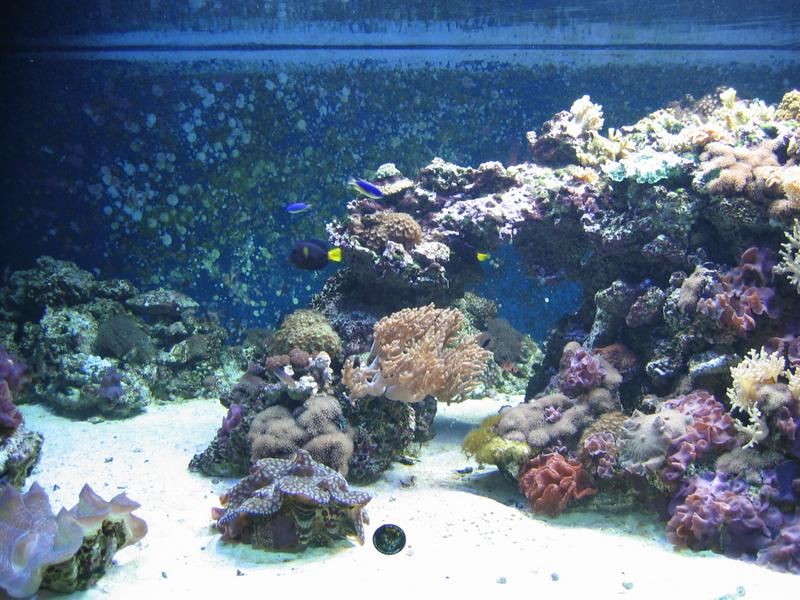 source
sourceYour best friend is a 5th grade teacher at a local grade school. He has a 10 gallon fish tank in his classroom because he has heard that animals in the classroom can be soothing to hyperactive, disruptive students. There are five goldfish and one algae-eater (a type of fish) in the tank. In addition there are some live aquatic plants in the tank. Each week a different student is assigned to feed the fish and turn on the tank light. The fish tank is located near a window that receives sunlight for most of the day. After a long holiday, your teacher friend finds all of the plants have died and some of the fish are at the surface rapidly opening and closing their mouths and other fish are dead.
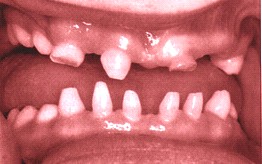 |
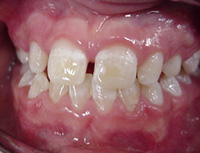 |
Hypohidrotic ectodermal dysplasia is an X-linked recessive trait that results in the absence of teeth, hair, and sweat glands. Amelogenesis imperfecta is an X-linked dominant trait that results in abnormal tooth enamel Hemochromatosis is a condition in humans that involves the absorption of too much iron in the intestines. It is due to a recessive autosomal allele
 source
source source
sourceDuring the recent snowstorm in Stillwater, Dr. Hamilton (an instructor for BIOL114) was concerned about her chicken flock, mainly the fate of the chickens’ combs. The comb is the fleshly crest on the top of the head. Almost all chickens have them and they tend to be larger in roosters than hens. The comb is used as a cooling device in hot weather and thus contains numerous small blood vessels. In past years the rooster had suffered frostbite whenever the ambient temperature dropped below 20˚F and lost portions of his comb. However he was able to regenerate some of the comb.
Dr. D. Mento fills four test tubes with a solution containing pond water and algae then adds various amounts of phosphorus in the form of inorganic phosphate (Pi or PO43-) to the tubes. After two days Dr. Mento measures the amount of light through each tube (% transmission) using a spectrophotometer set to a wavelength that is absorbed most by chlorophyll a. Dr. Mento obtains the following results:
Dr. Mento’s child, Chris, decided to try a similar experiment for a science fair. Chris used cat food instead of inorganic phosphorus and got somewhat similar results except that it took longer before the algae began to grow.
Tube: |
1 |
2 |
3 |
4 |
% Transmission |
10 |
35 |
22 |
90 |
One of Dr. Mento’s colleagues, Dr. Roe Tund, has been studying the importance of leptin in controlling fat accumulation in the sheep on the ranch near Dr. Mento’s lab. Dr. Tund samples leptin levels from some unusually heavy sheep on the farm and the ram who sired all of the normal looking sheep on the ranch and created the following table:
Sheep |
Relative Leptin Level |
Relative Weight |
Hoover (male) |
Normal |
Normal |
Hormella (female) |
0 |
1.5 X Normal |
Spamella (female) |
12 X normal |
1.5 X Normal |
Dr. Tund then performs the following breeding experiments with the following results:
Year |
Offspring from |
Offspring from |
1 |
Normal Male #1 |
Normal Female #3 |
2 |
Normal Female #1 |
Normal Male #3 |
3 |
Normal Male #2 |
Normal Female #4 |
4 |
Normal Female #2 |
Normal Male #4 |
Dr. Tund finds that Hoover has a louse infestation (an external parasite that clings to hair follicles). Unfortunately, because of the experiments being conducted, Dr. Tund cannot treat Hoover, but Dr. Tund can monitor the number of lice. This results in the following data:
Month |
Louse Count |
0 |
100 |
1 |
120 |
2 |
144 |
3 |
173 |
4 |
208 |
5 |
250 |
6 |
300 |
When the lambs mature, Dr. Tund performs additional crosses (RESULTS SHOWN BELOW):
MALE PARENT |
FEMALE PARENT |
OFFSPRING |
Hoover |
Normal Female #1 |
All normal |
Normal Male #1 |
Normal Female #2 |
3 Normal and 1 Large |
Hoover |
Normal Female #3 |
All Normal |
Normal Male #3 |
Normal Female #3 |
3 Normal and 1 Large |
Normal Male #2 |
Normal Female #4 |
All Normal |
A biochemistry lab has been studying leptin to determine its role in controlling metabolism. The lab recently isolated leptin from rats and chemically determined its amino acid sequence. The rat’s leptin was composed of 167 amino acids. Using the amino acid sequence, a student in the lab was able to isolate the gene that codes for leptin from the rat’s DNA. He had the DNA sequence of the gene determine. All but one nucleotide, indicated by a dash in the sequence below, was accurately determined.
Amino acids number 8 through 12 of leptin are, in order:
arginine, phenylalanine, leucine, tryptophan, and leucine.
The DNA sequence for this region of the gene is as follows:
GCA AAA GAA AC- GAA.
 source
sourceLice, like those found on Dr. Tund’s sheep, provide very interesting subjects for the study of evolution. In birds, lice are highly host-specific (each louse species is only found on one host species) and even body-region specific (one species of louse may only live on the head of one species of bird; another species of louse is only found on feathers on body of that species of bird; another on wings, etc.). Lice are wingless insects and therefore can only move between hosts when the hosts are in close proximity (e.g. mating, nursing young). Makes you wonder why human head lice and old world monkey lice are closely related –ooooh (shudder) … but let’s not go there. Lice are highly adapted (specialized) to their hosts – their body shape and leg hooks fit the fur or feathers making them difficult to dislodge. Current theory explains the pattern of adaptive radiation in lice as matching that of the hosts. Scientists studying bird lice found that when lice are moved to different host bird species, the birds can remove them relatively easily. In another study the scientists found that bird beaks are shaped to dislodge certain louse species.
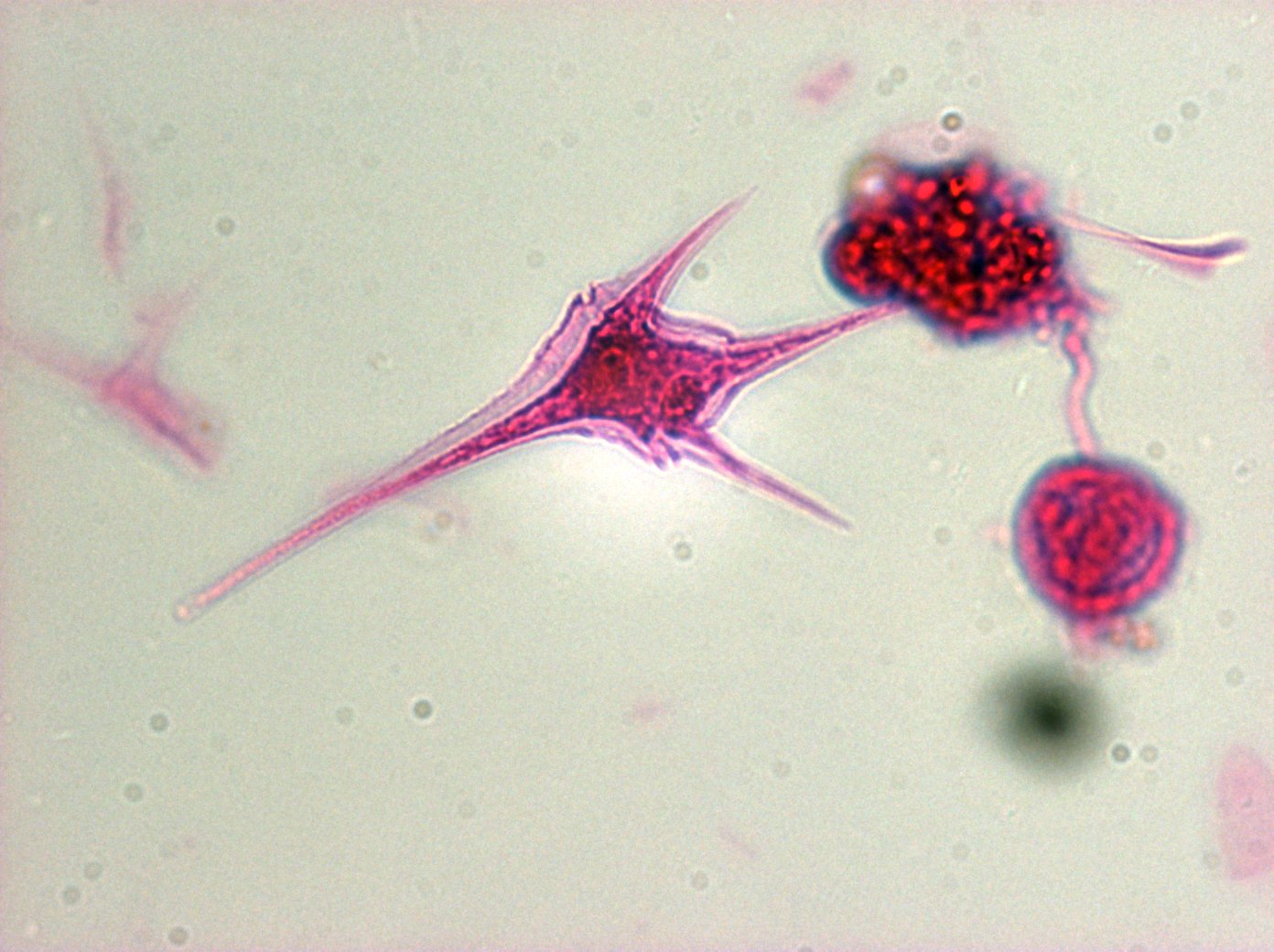 source
source source
source source
source source
source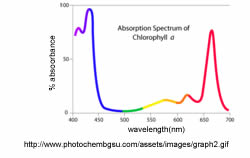
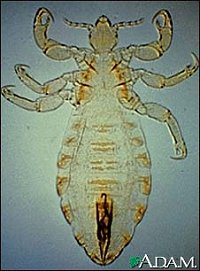 source
source